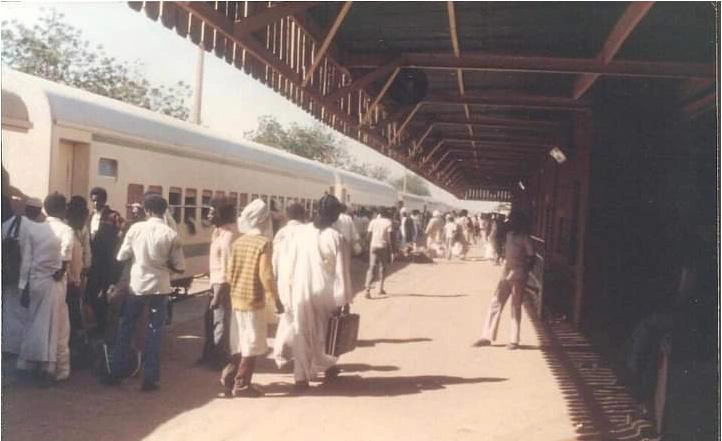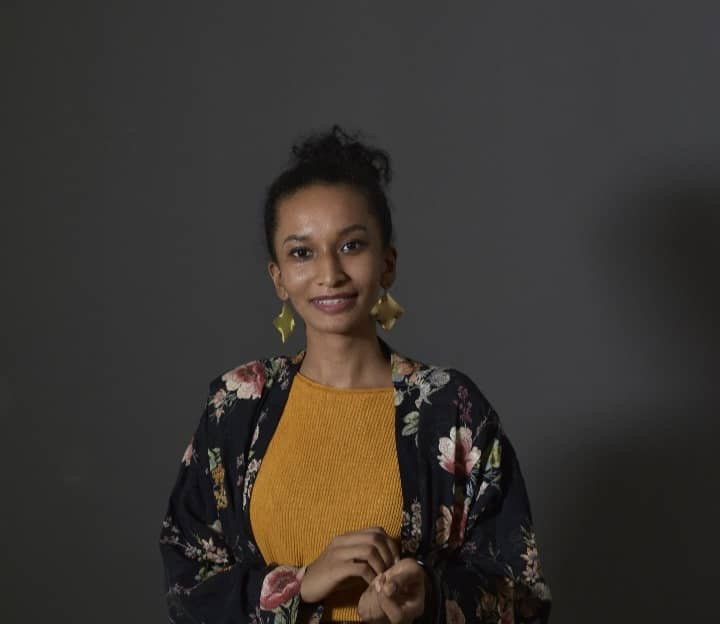The Muse Magazine Issue 02

The second issue of The Muse magazine is presented to you with a firm stance, not on the archives of the state but on our collective memory and social archives. We see this humble endeavour in itself as an archival practice, prioritising spaces of memory as well as collective, creative, and non-traditional archives. With this approach, we invite readers to engage with the archive as a social and creative production practice and a collective approach rather than as a final, unquestionable material.
Guest edited by Sara HagAlhassan with Hassan AlNaser and Reem Aljeally.
Cover image: Randa Suhail
On Documentation and Archiving
Editor's Notes
Dear Readers,
There is no doubt that some of us may have seen or come across a metal suitcase, like a box divided into two compartments that were used for travel and journeys. The suitcase became an essential part of every household in the past, as it was needed by everyone. Travellers would pack all of their belongings in this suitcase and secure it with a lock specifically designed for it, similar to locks used today.
Over time, this suitcase evolved into a symbol of travel and its romanticization, In his poem, the Sudanese poet, Mohammad Taha Al-Gaddal, says, “Carrying with me… a metal suitcase.” While initially, it was merely a tool for travel, but it eventually came to embody the symbolism of migration. The suitcase has become an archive of memories, preserved by families in their storage spaces or among their belongings in old rural homes.
This suitcase represents a significant social archive that contributes to shaping an alternative framework for how social memory and history are constructed-whether through oral narratives or literary texts. The suitcase, as a symbol and archive, embodies lived experiences and collective memories that resist erasure and hence, reveals its ties to social memory, which can be linked to train stations, educational institutions, cities, and even notable figures.
The social memory emerges as a realm not subjected to the state authority, which often seeks to record and reconstruct history according to specific narratives, archiving it based on its own perception of history and society. This authority also dictates the conditions under which it reproduces the past, present, and future of individuals.
If art is a creative act rooted in consciousness, then the traditions, customs, and rituals practised by a community throughout its long history of social practices can be considered a living archive that documents and frames the collective knowledge possessed by that community.
The second issue of The Muse magazine is presented to you with a firm stance, not on the archives of the state but on our collective memory and social archives. We see this humble endeavour in itself as an archival practice, prioritizing spaces of memory as well as collective, creative, and non-traditional archives. With this approach, we invite readers to engage with the archive as a practice of social and creative production and a collective approach rather than as a final, unquestionable material. In this brief editorial note, we would like to present a glimpse of the critical, artistic, and poetic texts featured in this issue. These selections are by no means a comprehensive representation of the valuable contributions but rather intended to give you a sense of the thematic areas explored in this issue of the magazine.
The outbreak of war in April 2023 in Sudan has compelled us to dedicate a space to house contributions that document the war experience through diverse means and mediums, including visual art, photography, and writing. These works reflect the war’s impact not only on the contributors’ personal lives but also on the broader art scene and archival practices. Through the texts featured in this issue, we collectively learn what it means to live in wartime.

From Port Sudan, we hear stories of navigating the complexities of survival, where an art centre became a refuge for displaced artists during the April 2023 conflict. In another context, safeguarding the archive emerges as a heroic act, as seen in efforts from the Central Equatoria State archive during the Second Civil War in South Sudan. For others, living in wartime means documenting their experiences, continuously re-narrating their stories, and committing to an act of remembering that resists erasure.
In the interest of alternative and non-hegemonic archives, this issue explores belonging, familial ties, and kinship themes. In this context, familial ties are not necessarily defined by blood but can manifest through inherited rituals, a home, or a letter (as explored by Khalid Alarabi, Dinan Alasad, and Osama Omer). Relevant to the notion of kinship, the archive in this issue is not merely about documenting our own experiences; for artists like Hassan Musa, Siddig Haidar, and Mowaffag Elsadig, it becomes an opportunity to engage with the art of others, offering constructive criticism through the simple yet profound act of seeing and acknowledging what’s outside of ourselves. In an age where artists are often overlooked, such documentation practices, no matter how small, resemble acts of resistance and comradery.
Thuraya Salih explores themes of power and control by critically examining the role of photography, while Awad Masood reflects on his experience with digitisation and accessibility within the archive. Architecture and cities are at the core of archives, as the physical/tangible in its construction and destruction state presents us with a living archival site.

Modern Sudan Collective describes architecture as sites that document the country’s external politics. While conventional archival practices often focus on documenting the past and present, we feature the work of Mohamed Abdelbasit, whose approach to archiving centres on the art of reimagining.
These short paragraphs offer only a glimpse of the remarkable contributions you’ll encounter within these pages. Thanks to the diverse perspectives and creative efforts of our contributors, their dedicated attempts to visualize, write, and reflect have shaped this issue On Documentation and Archiving. We thank them dearly and wish you a good read!
Hassan and Sara.
About the Guest Editor:

Sara Hagalhassan
Sara Hagalhassan is an interdisciplinary spatial researcher and editor based in Cairo. Sara's research combines ethnography, geospatial tools, and counter-cartographies to investigate housing and land struggles and spatial violence in Sudan. Her recent work examines the deliberate destruction of homes and its intersection with warfare, urban militarism, and communal policing in the context of Khartoum.
